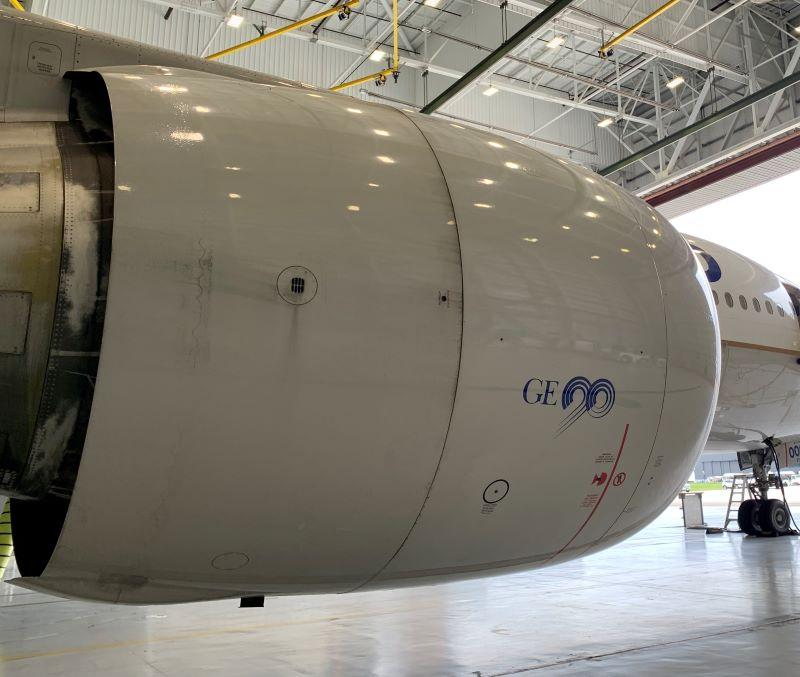
Credit: Sean Broderick/AWST
Steady increases in key metrics including departures and spare parts sales have GE executives confident that its aviation services unit is headed in the right direction and original equipment (OE) sales are poised to follow as aircraft production rates increase, company executives said. “We’re...
Subscription Required
This content requires a subscription to one of the Aviation Week Intelligence Network (AWIN) bundles.
Schedule a demo today to find out how you can access this content and similar content related to your area of the global aviation industry.
Already an AWIN subscriber? Login
Did you know? Aviation Week has won top honors multiple times in the Jesse H. Neal National Business Journalism Awards, the business-to-business media equivalent of the Pulitzer Prizes.

